Hebrew: פרעושית ערבית, Arabic: رعراع أيوب
| Scientific name: | Pulicaria arabica (L.) Cass. | |
| Common name: | Ladies' false fleabane, Arabian fleabane | |
| Hebrew name: | פרעושית ערבית | |
| Arabic name: | رعراع أيوب | |
| Family: | Compositae / Asteraceae, מורכבים |
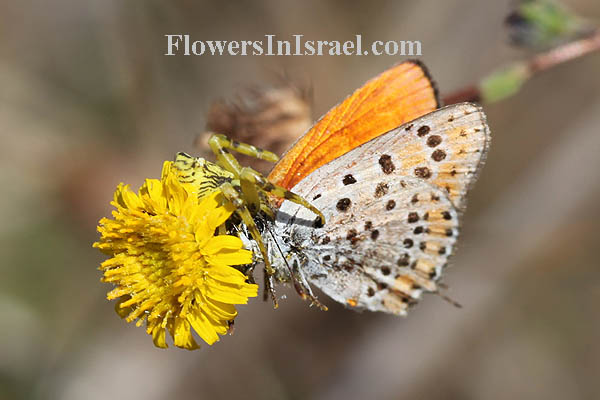
Location: Netanya, the Dora rain pool |
| Life form: | Pherophyte, annual | |
| Leaves: | Alternate, entire | |
| Flowers: | Yellow | |
| Flowering Period: | April, May, June, July, August, September | |
| Habitat: | Humid habitats | |
| Distribution: | Mediterranean Woodlands and Shrublands, Semi-steppe shrublands, Shrub-steppes, Deserts and extreme deserts | |
| Chorotype: | Med - Irano-Turanian | |
| Summer shedding: | Ephemeral |
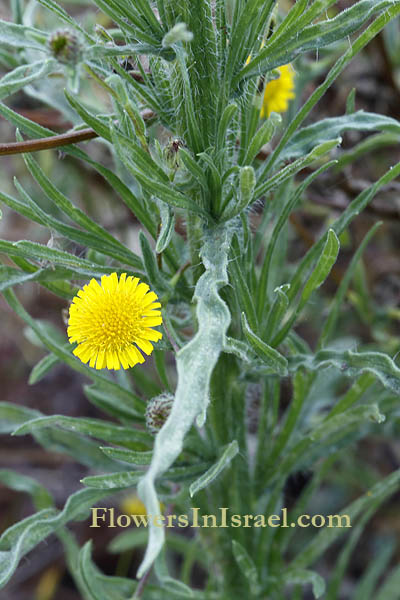
Location: Netanya, the Dora rain pool Derivation of the botanical name: Pulicaria, from the Latin pulex, "a flea", because it was said to drive away these pests. arabica, arabicus, "Arabian". The Hebrew name: פרעושית, paroshit common flea bane (Pulicaria); formed from פרעוש with suffix ית, it, as a loan translation of Pulicaria from Latin pulex (= flea); so called because it is supposed to drive away fleas.
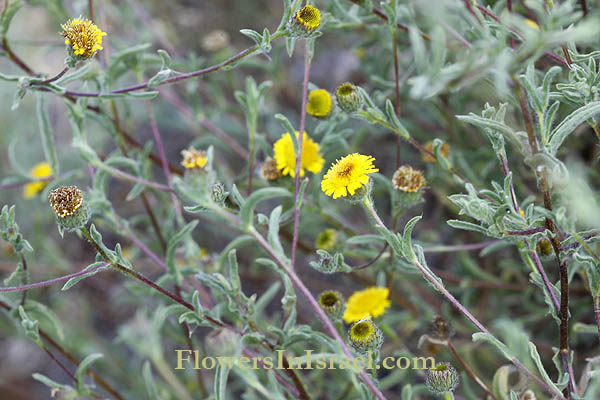
Location: Netanya, the Dora rain pool 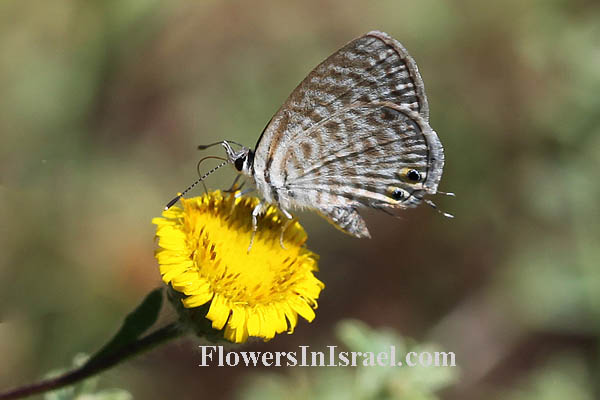
Location: Netanya, the Dora rain pool 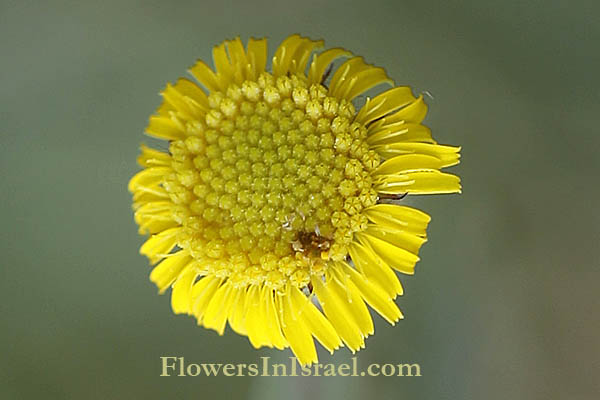
Location: Netanya, the Dora rain pool |